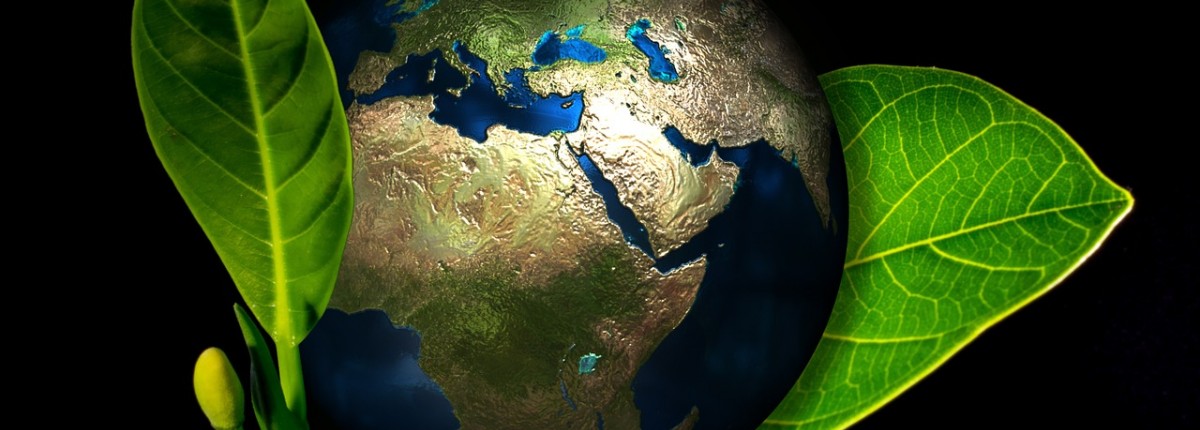Sustainability relies on the conservation of natural resources and ecosystems for future generations. Our researchers are improving the environment and economy through the development of new materials, technologies and processes that reduce environmental pollution and enable abundant or renewable resources to be substituted for nonrenewable resources. We are researching governance, institutions and cultural norms to learn how communities can better manage shared resources and ensure that human activities do not deplete renewable resources or degrade critical ecosystem functions.
REMEDIATION OF CONTAMINATED SOILS
We are examining the in-situ remediation of contaminated soils and the development and application of cost effective soil treatments to reduce exposure to lead hazards. In another project, we investigate the beneficial use of agricultural, industrial and municipal by-products through land application and soil and environmental chemistries of by-products in agronomic/environmental systems with emphasis on their risk and environmental impact.
BIODERIVED RUBBER
Ohio State is reducing fossil fuels as industrial feedstocks through the creation of renewable materials such as biorubber. The university's Rubber Pilot Plant produces high quality rubber for the tire industry and for medical quality latex hypoallergenic gloves. Watch Katrina Cornish, horticulture and crop science and a member of the Sustainability Institute's Faculty Advisory Board, give her TEDxColumbus talk, "Avoiding a rubber apocalypse - let's grow our own."
IMPACT OF CORPORATIONS
Our researchers assess how large-scale industrial processes use not just natural resources, but also public investments in infrastructure, to reduce costs, transfer liabilities and maximize profits in ways that create major ecological and health consequences for consumers and communities on global and local scales.

SI fosters interdisciplinary research through FY23 grant awards
Learn more about SI fosters interdisciplinary research through FY23 grant awards
Commerce in the Cosmos
Learn more about Commerce in the Cosmos
Rooted in sustainability
Learn more about Rooted in sustainability
Ohio State to develop new bus technology testing center with $26.5 million federal investment
Learn more about Ohio State to develop new bus technology testing center with $26.5 million federal investment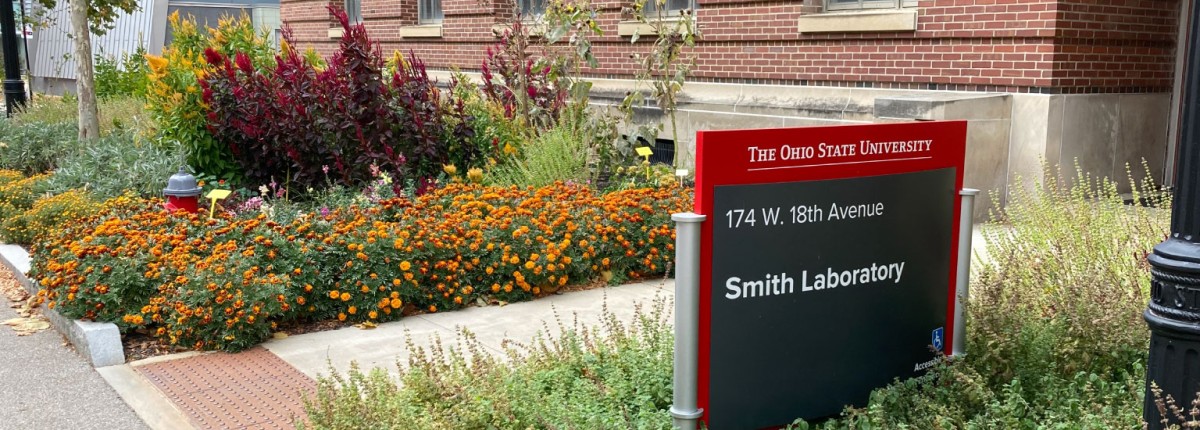
Smith Lab student gardens continue to flourish
Learn more about Smith Lab student gardens continue to flourish
Sustainability faculty share expertise at Global Food System Challenges at Ohio State Summit
Learn more about Sustainability faculty share expertise at Global Food System Challenges at Ohio State Summit
Large-scale ocean sanctuaries could protect coral reefs from climate change
Learn more about Large-scale ocean sanctuaries could protect coral reefs from climate change
Wild about sustainability
Learn more about Wild about sustainability
Power Lines: Comics and the Environment’ exhibit captures human-environment interaction
Learn more about Power Lines: Comics and the Environment’ exhibit captures human-environment interaction
Ohio State selected to help develop low-Earth orbit space station research pipeline
Learn more about Ohio State selected to help develop low-Earth orbit space station research pipeline
Sustainability projects receive Ohio State President's Research Excellence Accelerator funding
Learn more about Sustainability projects receive Ohio State President's Research Excellence Accelerator funding
Sustainability, STEAM Factory researcher takes faculty position in Israel
Learn more about Sustainability, STEAM Factory researcher takes faculty position in Israel
Throwing shade: Measuring how much trees, buildings cool cities
Learn more about Throwing shade: Measuring how much trees, buildings cool cities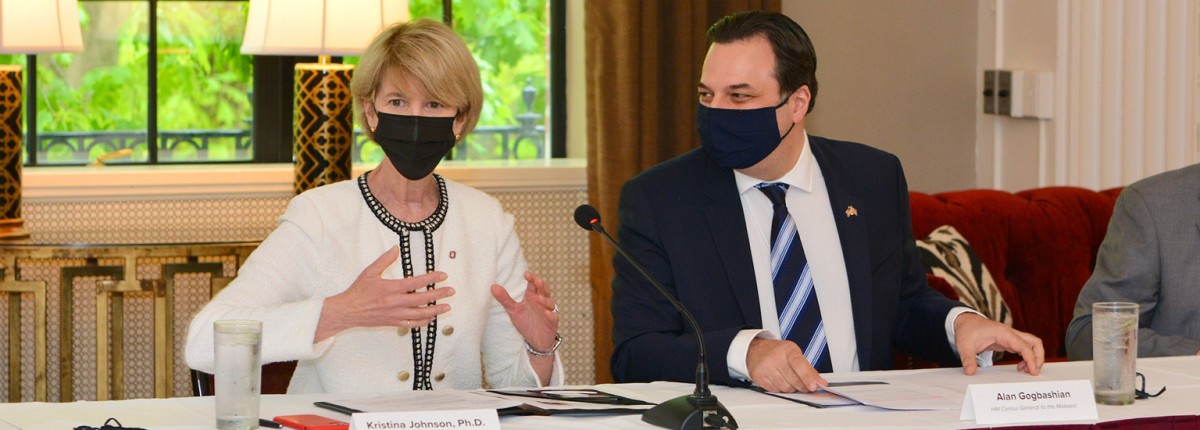
Ohio State hosts United Kingdom diplomats for climate discussion
Learn more about Ohio State hosts United Kingdom diplomats for climate discussion
A new ‘gold standard’ compound for generating electricity from heat
Learn more about A new ‘gold standard’ compound for generating electricity from heat
Seeing climate change through an artistic lens
Learn more about Seeing climate change through an artistic lens
Sustainability Institute announces 2021 research seed grants
Learn more about Sustainability Institute announces 2021 research seed grants
Wexner Medical Center Sustainability Successes
Learn more about Wexner Medical Center Sustainability Successes
Reprocessing, collecting devices saves money, resources at Wexner Medical Center
Learn more about Reprocessing, collecting devices saves money, resources at Wexner Medical Center
Global Water Institute leads effort to improve water and food security with the Navajo Nation
Learn more about Global Water Institute leads effort to improve water and food security with the Navajo Nation
Ohio State Announces New Sustainable Design and Construction Policy
Learn more about Ohio State Announces New Sustainable Design and Construction Policy
Healthy Air, Land and Water Seminars
Learn more about Healthy Air, Land and Water Seminars
New Interdisciplinary Major in Sustainable Agriculture to Launch Fall '21
Learn more about New Interdisciplinary Major in Sustainable Agriculture to Launch Fall '21
Ohio State University Physicians clinics reduce paper waste, unnecessary travel
Learn more about Ohio State University Physicians clinics reduce paper waste, unnecessary travel
Elena Irwin honored as Food Systems Leadership Institute Fellow
Learn more about Elena Irwin honored as Food Systems Leadership Institute Fellow
Saving Resources and Eliminating Pharmaceutical Waste
Learn more about Saving Resources and Eliminating Pharmaceutical Waste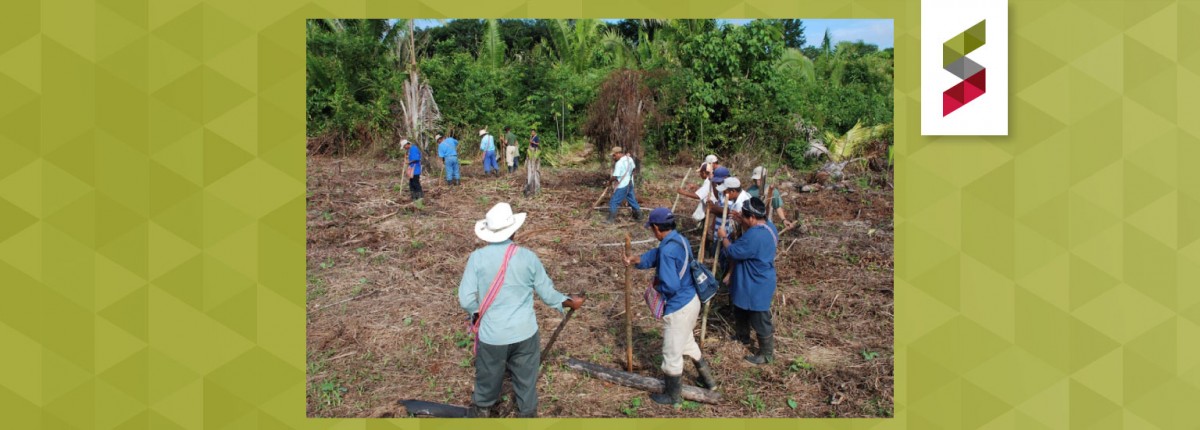
Forest Sustainability: How Maya Social Norms Affect Ecology
Learn more about Forest Sustainability: How Maya Social Norms Affect Ecology
Sustainability Research Seed Grant Program Seeks Pre-Proposals
Learn more about Sustainability Research Seed Grant Program Seeks Pre-Proposals
Research from The Ohio State University at Mansfield Will Help Make Water Safer for Ohioans
Learn more about Research from The Ohio State University at Mansfield Will Help Make Water Safer for Ohioans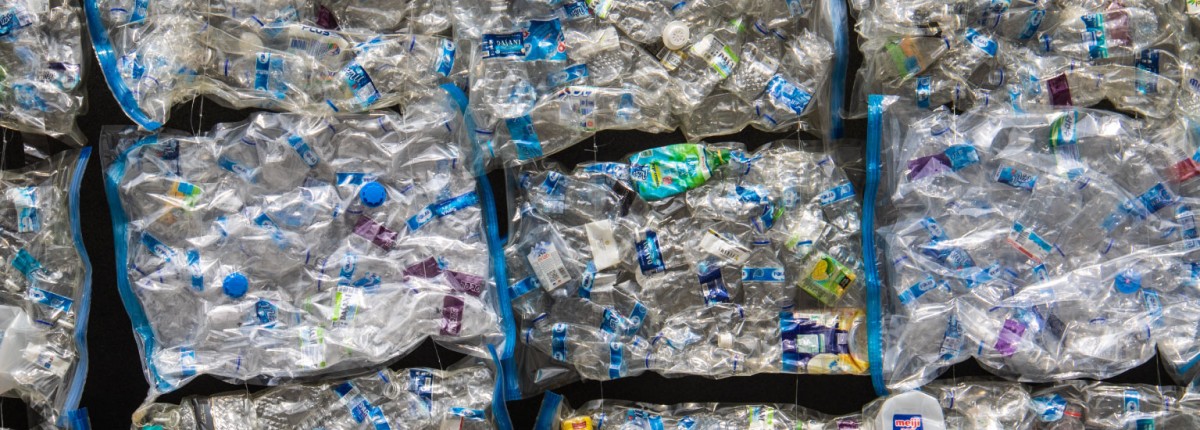
Bakshi earns two NSF 2026 Idea Machine competition awards
Learn more about Bakshi earns two NSF 2026 Idea Machine competition awards
Federal Grants Support Sustainability Research in Chemical Manufacturing, Plastics
Learn more about Federal Grants Support Sustainability Research in Chemical Manufacturing, Plastics
A new method for making a key component of plastics
Learn more about A new method for making a key component of plastics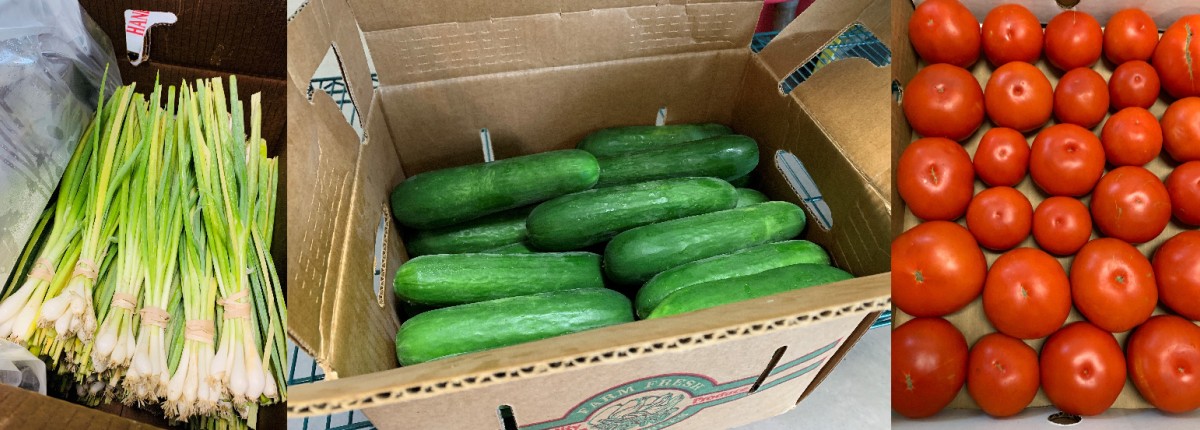
Growing Community through the Mansfield Microfarm
Learn more about Growing Community through the Mansfield Microfarm
Wexner Medical Center Develops Sustainable Supply Chain
Learn more about Wexner Medical Center Develops Sustainable Supply Chain
Center for Emergent Materials awarded $18 Million NSF Grant to Support High-Impact, Cutting-Edge Science
Learn more about Center for Emergent Materials awarded $18 Million NSF Grant to Support High-Impact, Cutting-Edge Science
A nature-inspired coating to keep drugs from breaking down too early
Learn more about A nature-inspired coating to keep drugs from breaking down too early
Renee Zhao receives 2 NSF awards in Spring 2020 to study magnetic soft materials
Learn more about Renee Zhao receives 2 NSF awards in Spring 2020 to study magnetic soft materials
Scientists electrify aluminum to speed up important process
Learn more about Scientists electrify aluminum to speed up important process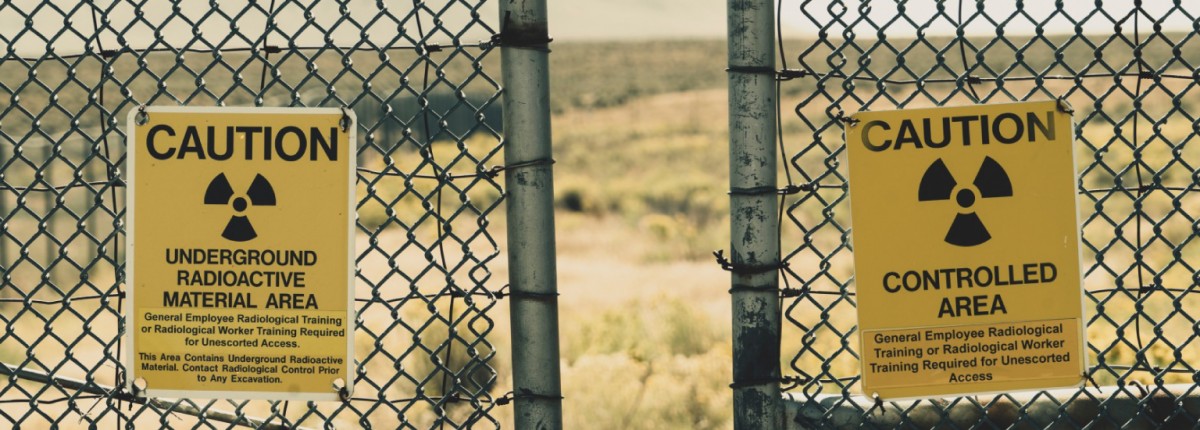
Current model for storing nuclear waste is incomplete
Learn more about Current model for storing nuclear waste is incomplete
Funding Available for New Interdisciplinary Research Teams
Learn more about Funding Available for New Interdisciplinary Research Teams
Thought Leadership: Ohio State Experts Share Opinions on EPA Power Plant Pollutants Rule
Learn more about Thought Leadership: Ohio State Experts Share Opinions on EPA Power Plant Pollutants Rule
Shrinking of Greenland’s glaciers began accelerating in 2000, research finds
Learn more about Shrinking of Greenland’s glaciers began accelerating in 2000, research finds
University Grows Roots to Achieve Sustainable Food Goal
Learn more about University Grows Roots to Achieve Sustainable Food Goal
New satellite may make flood prediction easier
Learn more about New satellite may make flood prediction easier
Water may be scarce for new power plants in Asia
Learn more about Water may be scarce for new power plants in Asia
UC3 University Climate Coalition Announces Policy Platform to Combat Climate Change
Learn more about UC3 University Climate Coalition Announces Policy Platform to Combat Climate Change
Biosolids used as agricultural resource in campus research collaboration
Learn more about Biosolids used as agricultural resource in campus research collaboration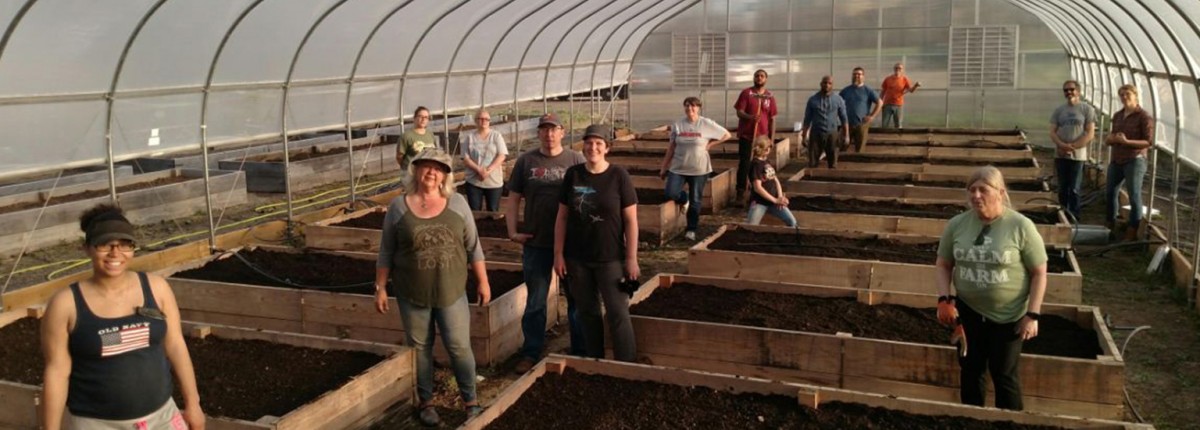
Sustainability Fund Supports Project to Upcycle Organic Waste
Learn more about Sustainability Fund Supports Project to Upcycle Organic Waste
Making it More Viable to Turn Agricultural Waste Into Renewable Fuel
Learn more about Making it More Viable to Turn Agricultural Waste Into Renewable Fuel
Ohio State Tops GameDay Basketball diversion rate in annual RecycleMania Competition
Learn more about Ohio State Tops GameDay Basketball diversion rate in annual RecycleMania Competition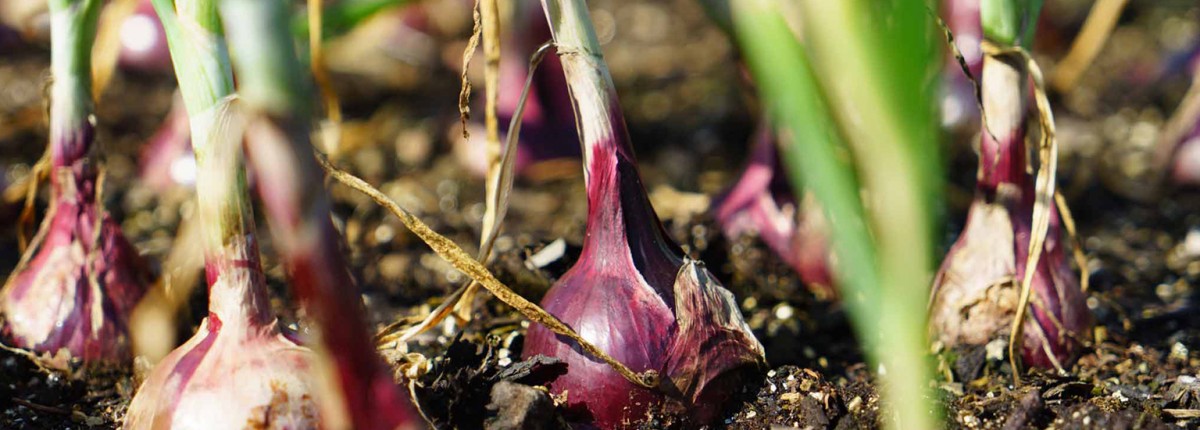
Closing in on Zero-Waste Goals with Sustainable Food Prep
Learn more about Closing in on Zero-Waste Goals with Sustainable Food Prep
Earth Day Feature: Spring Grads March in Sustainable Caps and Gowns toward Sustainability
Learn more about Earth Day Feature: Spring Grads March in Sustainable Caps and Gowns toward Sustainability
Study Shows Potential for Earth-friendly Plastic Replacement
Learn more about Study Shows Potential for Earth-friendly Plastic ReplacementCollege of Pharmacy Implements New Water Conservation Measures
Learn more about College of Pharmacy Implements New Water Conservation Measures
Ohio State Again Receives National Recognition for Tree Program
Learn more about Ohio State Again Receives National Recognition for Tree Program
Greenland ice melting rapidly, study finds
Learn more about Greenland ice melting rapidly, study finds
Real vs. Artificial: Which Tree is More Sustainable?
Learn more about Real vs. Artificial: Which Tree is More Sustainable?
Dirty Air Now could Harm Hearts of Offspring Later
Learn more about Dirty Air Now could Harm Hearts of Offspring Later